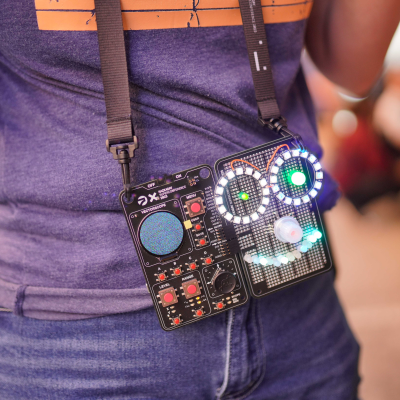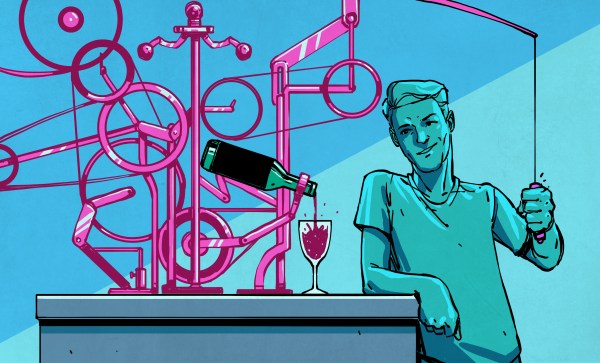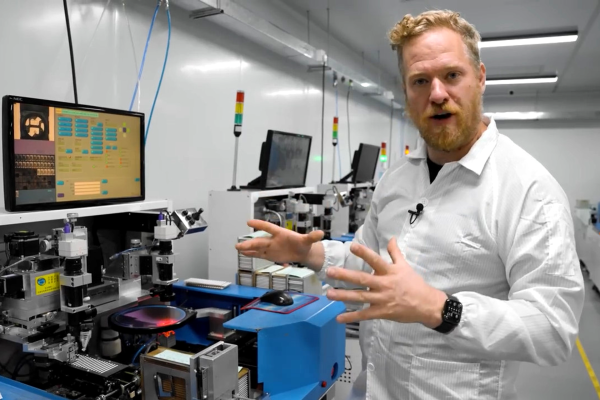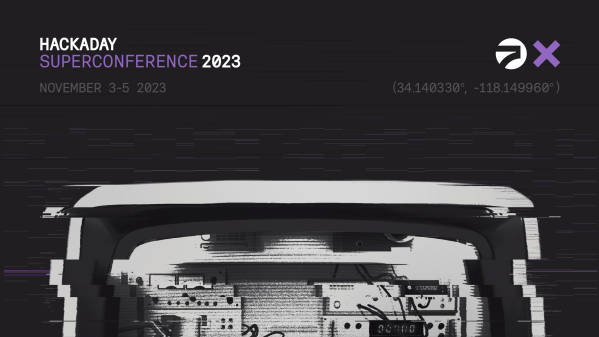The 2023 Hackaday Supercon is all done and dusted, and we’re still catching up on our sleep. I couldn’t ask everyone, but a great time was had by everyone I talked to. It’s honestly a very special crowd that shows up in Pasadena every November, and it’s really the attendees who make it what it is. We just provide the platform to watch you shine. Thank you all!
It all started out on Friday with an open day of chilling out and badge experimentation. Well, chill for those of you who didn’t have a bug in their badge code, anyway. But thanks to some very keen observation and fantastic bug reports by attendees, Al and I figured out what we’d done and pushed a fix out to all 300 of the badges that were given out on the first day. And thanks to the remaining 200 folks who walked in the next day, who fixed their own badges at Tom’s Flashing Station.

From then on, it was one great talk after another, punctuated by badge hacks and all the other crazy stuff that people brought along with them to show off. For me, one of the highlights was on Sunday morning, as the Lightning Talks gave people who were there a chance to get up and talk about whatever for seven minutes. And subjects ranged from a mad explosive propane balloon party, to Scotty Allen’s experience with a bad concussion and how he recovered, to a deep dive into the world of LED strands and soft sculptures from our go-to guru of blinkiness, Debra [Geek Mom] Ansell.
Supercon first-timer Katie [Smalls] Connell gave a phenomenal talk about her wearable LED art things, Spritelights. These are far from simple art pieces, being a combination of medical adhesive, home-mixed Galinstan – a metal alloy that stays flexible at human body temperature, and soon even flexible printed batteries. That this whole project hit us without warning from out of the audience just made it more impressive.
And these were just the folks who stepped up on stage. The true story of Supercon also belongs to all the smaller conversations and personal demos taking place in the alley or by the coffee stand. Who knows how many great ideas were hatched, or at least seeds planted?
So as always, thank you all for coming and bringing your passions along with. Just like Soylent Green, Supercon is made of people, and it wouldn’t be half as yummy without you. See you all next year. And if you’re thinking of joining us, get your tickets early and/or submit a talk proposal when the time comes around. You won’t meet a more warm and welcoming bunch of nerds anywhere.


















